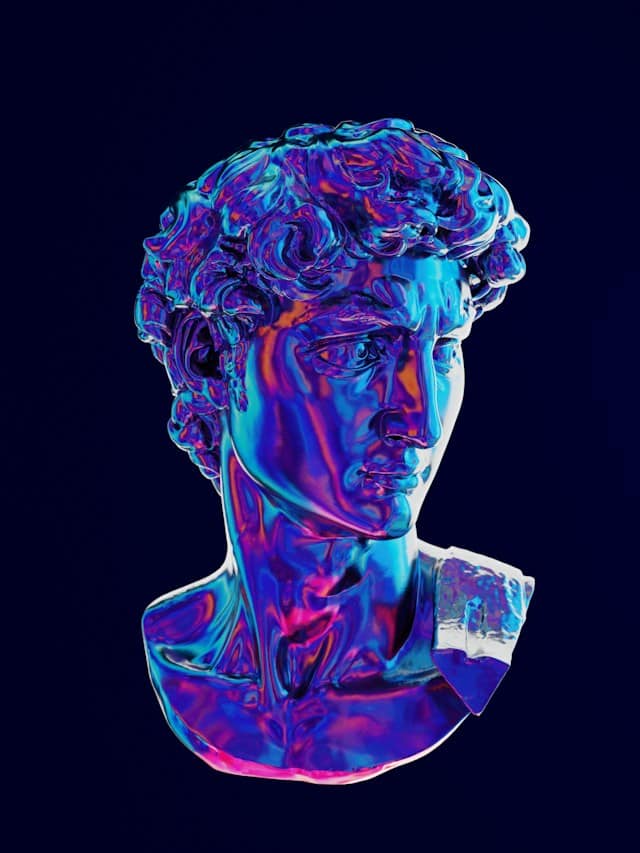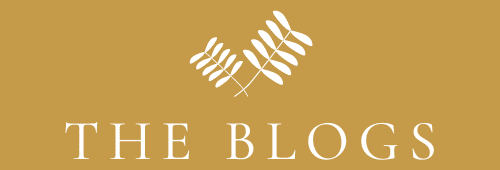What are the cultural implications of digital art and its impact on traditional art forms?

In an era where technology continues to surge forward at an exponential rate, a cultural transformation is also underway. This evolution is evident in various spheres of life, but perhaps most prominently in the field of arts. Digital media have irrevocably altered the landscape of artistic creation and presentation, influencing the trajectory of traditional art forms. This article aims to explore the cultural implications of this shift to digital art and the resultant impact on traditional art forms.
The Emergence of Digital Art
The late 20th century marked a significant change in the art world with the emergence of digital art, a new art form that leverages technology in the creation, distribution, and exhibition of artwork. This media transition led to a blurring of boundaries between traditional art forms such as painting and sculpture, and digital art, which encompasses a wide range of techniques and expressions, from digital paintings to interactive installations.
This might interest you : How does urban reforestation improve air quality and reduce the urban heat island effect?
Artists began to explore digital media, not just as a tool, but as an artistic medium in its own right. They started creating works that could not be realized using traditional methods. As a result, new genres and styles emerged, such as fractal art, algorithmic art, and generative art. These developments challenged the previously established definitions and parameters of art, opening up possibilities for the creation of novel, dynamic, and interactive forms of artistic expression.
Digital Art: Cultural and Social Impact
The profound cultural and social impact of digital art arises from its inherent characteristics. Digital art breaks down geographical, cultural, and economic barriers. Artists can now easily share their work worldwide, reaching a global audience in an instant.
Topic to read : The importance of NISS for entrepreneurs and the self-employed in Portugal
This unprecedented global exposure gives voice to artists from historically underrepresented cultures. For instance, Indian digital artists have gained recognition for their work that often incorporates traditional Indian elements, thus promoting and preserving their cultural heritage on a global platform.
Furthermore, digital art has democratized the art world by making artistic creation and appreciation more accessible. High-quality software and online tutorials enable amateurs to create and share their own artworks. Online galleries and social media platforms allow a vast audience to view, appreciate, and critique these artworks, fostering a more inclusive and participatory culture of art appreciation.
The Impact of Digital Art on Traditional Art Forms
The advent of digital technology has had a significant impact on traditional art forms, prompting mixed responses from the artistic community. Some perceive it as a threat that undermines the value of traditional artwork and skills. In contrast, others view it as an opportunity for the evolution and revitalization of traditional art.
Digital techniques are being used to enhance and preserve traditional art forms. For instance, digital archiving allows for the preservation of aging paintings, while 3D printing technology enables the restoration of damaged sculptures. Moreover, digital tools are being used to create innovative interpretations of traditional art forms. Artists now have the freedom to manipulate and experiment with their work, offering fresh perspectives on existing cultural motifs.
The Integration of Traditional and Digital Art
The relationship between digital and traditional art is not a binary one, but rather a dynamic interaction. Many artists incorporate digital techniques into their traditional work, creating a fusion of old and new. This integration of traditional and digital art is pushing the boundaries of artistic expression, opening up new avenues for creativity.
Mediums such as digital painting mimic the techniques of traditional painting but offer the artist more flexibility and control. Artists can experiment with various textures, colors, and effects without the constraints and permanence of physical mediums.
Furthermore, performance artists are using digital technology to enhance their work. Digital projections, augmented reality, and virtual reality have been incorporated into performances to create immersive and interactive experiences for the audience.
In conclusion, the digital revolution has not rendered traditional art obsolete but has rather enriched it. The integration of digital and traditional art forms is promoting cultural diversity, fostering inclusivity, and advancing the boundaries of artistic expression.
The Role of Artificial Intelligence in Digital Art
Artificial Intelligence (AI) has become a significant part of digital art, adding another layer of complexity and potential to the field. AI, in the context of art, involves the use of algorithms and machine learning to create artwork or influence the creation process.
Artists are using AI to create unique pieces that challenge the traditional norms of artistic creation. For example, the Painting Fool, an AI program developed by Simon Colton, has been trained to create digital paintings that mimic human emotion. The software analyses text articles to determine the mood of the day and then creates a painting based on that mood.
The use of AI in art has also given birth to a new form of collaborative art-making, where human creativity works in tandem with AI algorithms. In these collaborations, the artists provide the creative direction, while the AI provides the technical execution, creating a synergy between human creativity and machine precision.
Moreover, AI has helped improve the accessibility of art. For instance, using AI technology, Google’s Art and Culture app can match a user’s selfie with a museum portrait from around the world. Such AI-driven applications democratize art, allowing a wider audience to engage with it in an interactive, personalized manner.
However, the incorporation of AI into art has sparked debates about the nature of creativity and authorship. As machines are increasingly capable of creating art, the question of who or what is the artist becomes more complex.
Digital Art and its Influence on Art Education
With the rise of digital art, art education has seen a shift in focus. Traditional art education, which primarily focused on traditional painting techniques and other art forms, is now being supplemented with digital technologies. This is not only increasing the accessibility of art education but is also equipping future artists with the necessary skills to navigate the digital age.
Online art platforms and social media have become essential tools in art education. They provide a platform for artists to showcase their work, gain exposure, and receive feedback. Furthermore, they also serve as a resource for learning, with plenty of online tutorials and courses available on digital art and traditional techniques.
In schools and universities, new courses are being developed focused on digital art creation, including coding, 3D modeling, and animation. Simultaneously, the importance of traditional techniques is still emphasized, reinforcing the idea that digital art does not replace, but rather complements traditional art forms.
In recent years, there has also been an increase in the use of virtual reality and other immersive technologies in art education. These tools allow students to explore and interact with art in ways that were previously unimaginable, providing a more engaging and interactive learning experience.
Conclusion: The Coexistence of Digital and Traditional Art
In the face of rapid technological advancements, the art world has adapted and evolved, embracing digital art while still valuing traditional art forms. The two are not mutually exclusive but can coexist and even complement each other. The rise of digital art has not diminished the value of traditional art but has added a new dimension to the art world.
Digital technology has opened up new avenues for creativity and expression. It has broken down barriers, democratized art, and made it more accessible to a wider audience. It has also preserved and enhanced traditional art, providing new ways of viewing and interacting with it.
Artificial Intelligence and other digital technologies have become key players in the art world, influencing not only the creation of art but also how it is viewed, interpreted, and taught. However, as technology continues to advance, the art world must grapple with new challenges and questions, particularly around the themes of authorship, originality, and the nature of creativity.
Even as we move further into the digital age, the essence of art remains. Art, whether it’s traditional or digital, is a reflection of human experience, emotion, and imagination. And while the tools and mediums may change, the purpose of art—to provoke thought, evoke emotion, and express the human condition—remains constant.
In conclusion, in this digital age, the blend of traditional and digital art forms is not just inevitable but also necessary. It enriches the diversity of artistic expression, fosters cultural exchange, and pushes the boundaries of what is possible in art. Both forms have their own unique value and, together, they create a more inclusive and dynamic art world.
